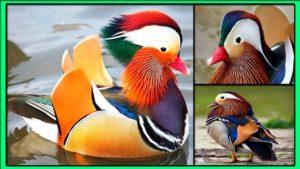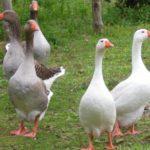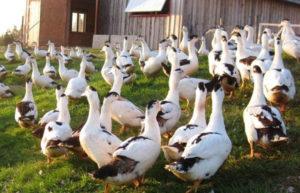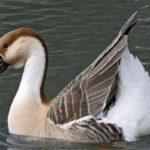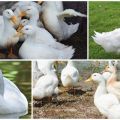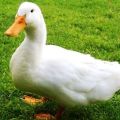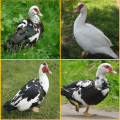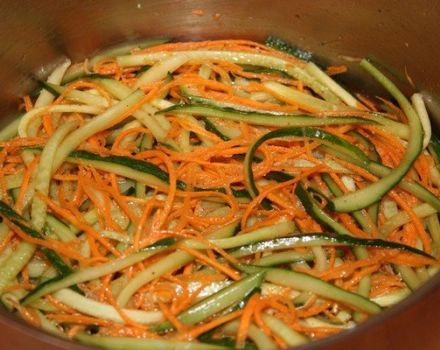Types and names of breeds of ducks with photos, descriptions of the best for home breeding
For successful breeding of ducks at home, it is important to choose the right breed. Ducks are most often kept for tasty meat, but some farms specialize in keeping egg or fur breeds. The egg production of ducks differs from those of laying hens, therefore, it is recommended to choose ducks especially carefully to obtain eggs.
Kinds
Types of ducks for home or farm breeding are divided into 3 main groups:
| View | Description |
| Yaytsenosky | Show an increased tendency to clutch, provide hatching of offspring. |
| Meat | They quickly gain weight, muscle mass, before slaughter they reach a minimum weight of 4.5 kilograms. |
| Meat | Versatile birds that show high egg production with the ability to build muscle mass. |
A classic example of a species that is bred for meat is the American mute. These are musky ducks or Indo-ducks that look like Peking, the difference between them is in the description of the feather colors. The species is named for its distinctive feature - to hiss on congeners.
A special group is made up of decorative breeds, which are not highly productive. They need to be walked on ponds, are not demanding on food and conditions of detention, and are frost-resistant.
Duck egg breeds
Egg-bearing ducks are oriented towards increased egg laying speed. These are low-fat layers that differ from their relatives in external description. Small birds begin to lay relatively late, after 6 months of age. For several weeks, they are actively increasing the rate of laying and keep stable indicators for a long time.

For home growing in order to obtain eggs, Dutch, Spanish ducks, as well as a breed called the Indian runner, are purchased. Clutch of such ducks reaches 360 annually. A feature of the slider is the formation of a cylindrically elongated body. Runners most often move around the area quickly, in small groups.
Runners are calm in nature, do not get into fights, get along with other relatives. Birds can be white, black or gray.
The coloration depends on the parent line. Today, runners are considered the most egg-laying ducks. The runner cannot be confused with other species due to its special elongated body and small size. Female runners show a unique ability to care for offspring for a long time.
Common egg types:
- Favorite. The artificially bred breed produces up to 250 eggs annually. The meat is characterized as medium fat and juicy. Birds need to be provided with outdoor walking.They can do without reservoirs, be kept in cages. Favorites have good immunity.
- Moscow white. Layers give 130 eggs, but at the same time specimens weigh 100 grams each, which is higher than generally accepted norms. In 2 months, ducklings are able to gain 2 kilograms of weight. This ability is appreciated in slaughter rearing where short lead times are established.
- Ukrainian gray. A beautiful, artificially bred duck, intended for breeding in order to obtain eggs. The disadvantage of the species is the need for walking in the pond.
- Agidel. Broilers related to the meat sector, but at the same time capable of producing 250 eggs per year. They have good immunity, quickly adapt to new conditions, and exhibit high frost resistance.
Information! The maintenance of egg-bearing breeds requires the creation of special conditions. Such birds need good walking, as well as creating a comfortable nest for incubation.
Combined varieties
In a small household, ducks, which combine various qualities, are considered beneficial for keeping. Such individuals are called meat-eating. They produce a lot of eggs, but they are able to quickly build muscle mass. The meat of such ducks is characterized by high fat content and has high taste.
Meat-eating types:
- Cayuga. Ducks of this breed are distinguished by unusual external data. Feathers of a dark green and black shade after plucking leave dark spots on the carcass, but the taste of the meat does not suffer from this. Cayuga can be kept in a small space, they do well without water bodies, are prone to long incubation, and take care of chicks. A feature of the kayuga is the wearing of black eggs, for this reason many owners refuse them.
- Pace. An unpretentious view that does not require special care, does not need a reservoir. The weight of an adult carcass reaches 3.5 kilograms. The bird lays up to 120 eggs annually.
- Saxons. These are medium-weight ducks, the meat of which is in demand due to its delicate taste. The breed is distinguished by a calm disposition, a tendency to rapidly gain weight. At the same time, ducks show high egg production rates, they are capable of producing up to 200 eggs per year.
- Khaki Campbell. Ducks produce up to 300 eggs annually, while gaining weight quickly. These are very calm birds that get along with any other ducks. The disadvantage of the species is the inability to incubate the offspring, therefore, the breed is recommended to be acquired only to obtain tasty dietary meat. When growing, birds need constant walking in open areas and swimming in reservoirs.

Reference! When purchasing mixed breeds, you must pay attention to the requirements. Many birds need walking in water bodies for full growth and development.
Meat direction
Birds of the meat direction are considered the most popular, they are fertile, they have developed immunity, which protects the owners from unnecessary worries. Fillet obtained from poultry meat is distinguished by juiciness, richness of taste.
A feature of meat species is the ability to quickly gain weight. The fastest growing breed that is purchased for slaughter is the Bashkir breed. A large, broad-breasted duck produces 70 percent pure meat after slaughter. The disadvantage of the Bashkir duck is considered the mandatory requirement for the presence of a reservoir at home.
Meat types include:
- Black white-breasted. A breed bred on the territory of Ukraine. In adulthood, the weight of the carcass reaches 4 kilograms. At the same time, the weight of pure meat after processing reaches 65 percent of the total mass.
- Musky. Birds gain weight quickly, a special feature of the meat flavor. An adult bird reaches a weight of 6 kilograms. Muscovy fillets are classified as dietary products.
- Beijing.Delicacy meat is purchased for restaurants, and a traditional dish called "Peking duck" is prepared from it. Cultivation is due to the fact that Peking is very noisy and requires a lot of food. The meat yield after slaughter reaches 80 percent.
- Cherry Valley. New breed with high productivity, which is a cross of the Peking duck. The duck was bred specifically to obtain tender dietary meat.
- Mulardy. White birds with black spots, which weigh about 7 kilograms in adulthood. These are hybrids created on the basis of the Peking gene. Mulard are called "birds of the same season". They are widely grown for slaughter. Mulards gain weight even when grass is the basis of the feed. With a good indicator of egg production, these birds are referred to the meat direction because of their ability to actively gain weight and give tasty dietary meat.
Reference! The meat of some ducks tastes like game, which is actively used in the restaurant business.
Decorative birds
Thoroughbred ducks are distinguished by an attractive appearance, they adorn artificially created reservoirs, and are often bred on the territory of hotel complexes intended for out-of-town recreation. A feature is unpretentiousness in care, as well as the inability to stably carry or gain weight.
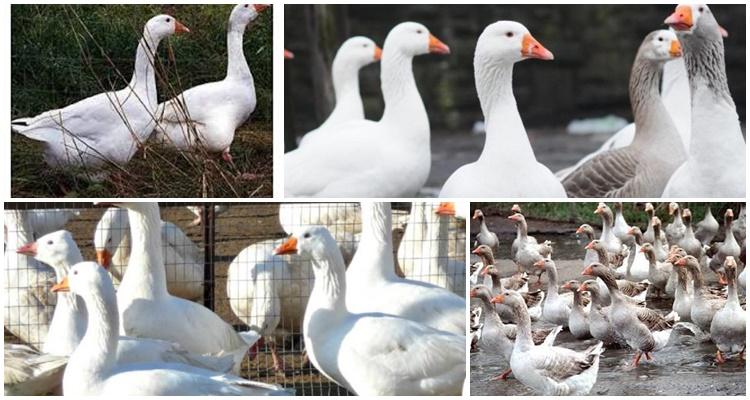
| Decorative views | Description |
| Crested | Erect birds with well-developed muscles, need water bodies, spend a lot of time on the water. |
| Tangerines | Small Chinese birds. Unlike Russian ducks, they feed on frogs and small fish. |
| Caroline | Attractive bright birds with an unusual tail. A reservoir is required for breeding. |
| Ogar | Birds with reddish brown plumage and black beaks. The breed quickly adapts to keeping conditions, does not show increased requirements. |
Reference! The Russian Corydalis have a peculiarity. The larger the tuft on the head, the lower the productivity of the duck. This quality is taken into account when purchasing a corydalis for decorative breeding.
What color are they?
The plumage of breeds intended for domestic breeding is usually uniformly colored, sustained in calm neutral shades. Smooth transitions can often be seen on the torso. The color range is dominated by white, gray, yellow, dark brown colors. The Russian breed of ducks with snow-white plumage is called the white-nosed duck.
Indo-ducks are breeds of classic wild ducks, as they are presented on the pages of reference books or textbooks. The body is colored dark gray, the tail is cut through with dark, almost black feathers. A bright green iridescent strip runs along the circumference of the neck.
Criterias of choice
To select a bird breed, you need to analyze the input parameters. The purpose of ducks dictates basic requirements:
- keeping for the purpose of obtaining meat and eggs;
- getting down from birds;
- home breeding of decorative breeds.
To get meat and eggs, they choose universal breeds. But if an increased laying speed is expected from ducks, then it is better to choose a species called the Indian slider. Layers of this breed are able to amaze owners with the speed of egg feeding.
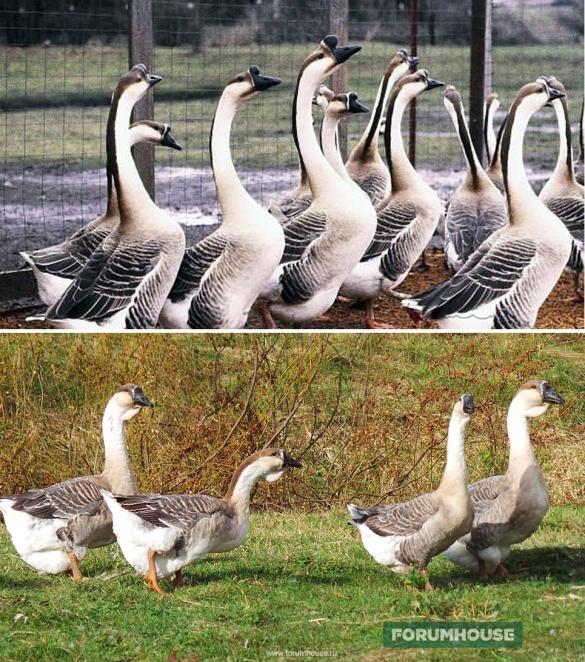
In order to raise birds for slaughter, it is recommended to look closely at such birds that quickly gain weight. The meat of such birds is characterized by high fat content.
Ornamental cultivation assumes the presence of a reservoir and the provision of freedom of movement to the bird.Individuals of ornamental breeds are not burdened with incubation, do not need additional feeding, they themselves get food during the warm season.
Before buying, all birds must be examined, focusing on the checklist:
- there is no damage, cracks, punctures on the beak;
- the tail is covered with dense whole feathers;
- paws have no visible damage;
- the bird stands well on its paws, moves quickly.
For growing from scratch, ducklings are purchased at the age of several weeks. Decorative species acquire at the stage when the bird has already fledged.



